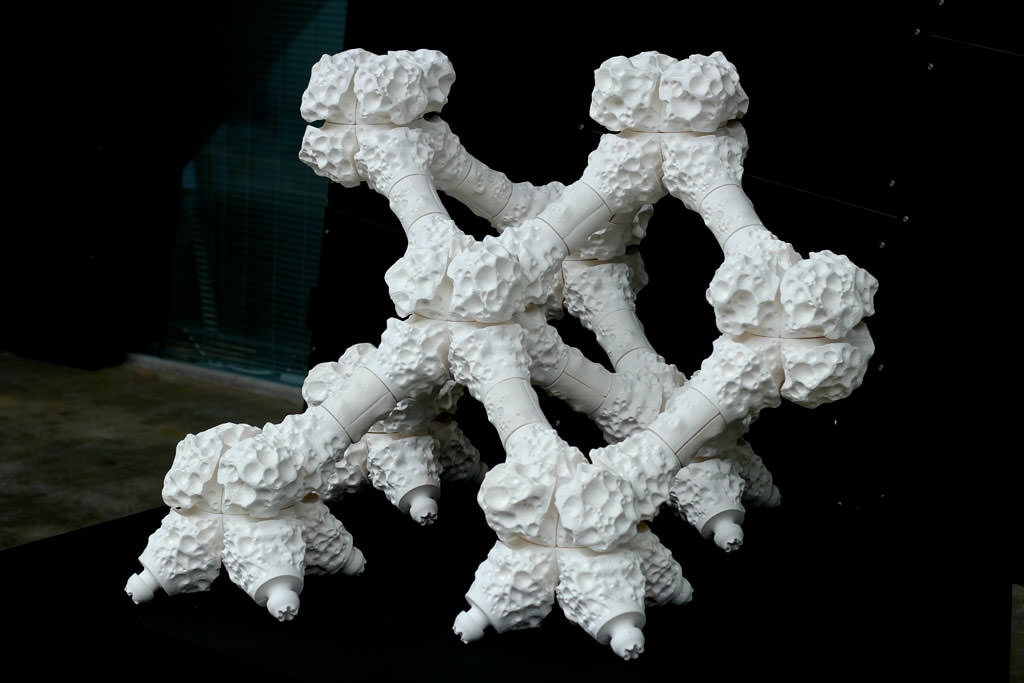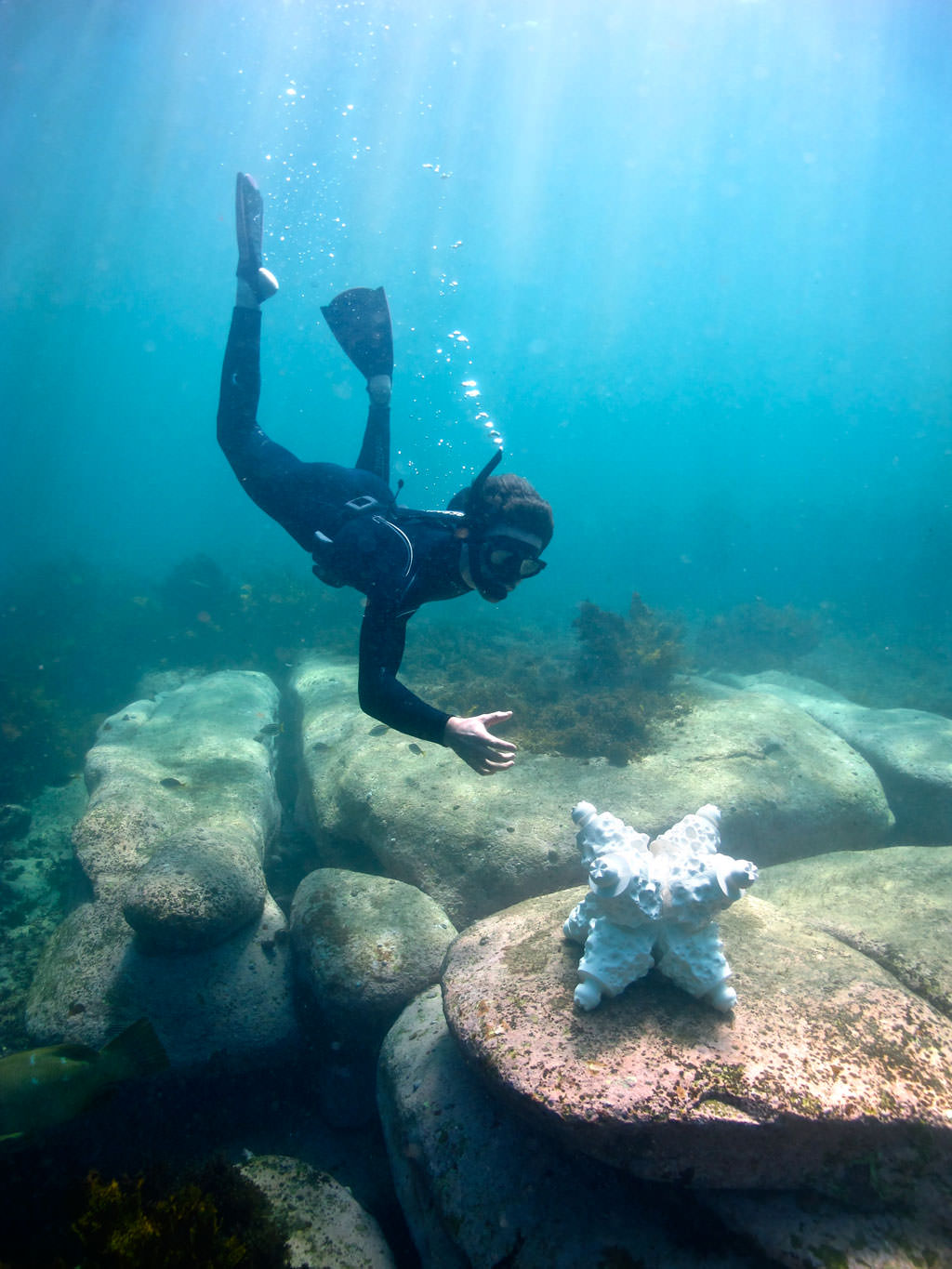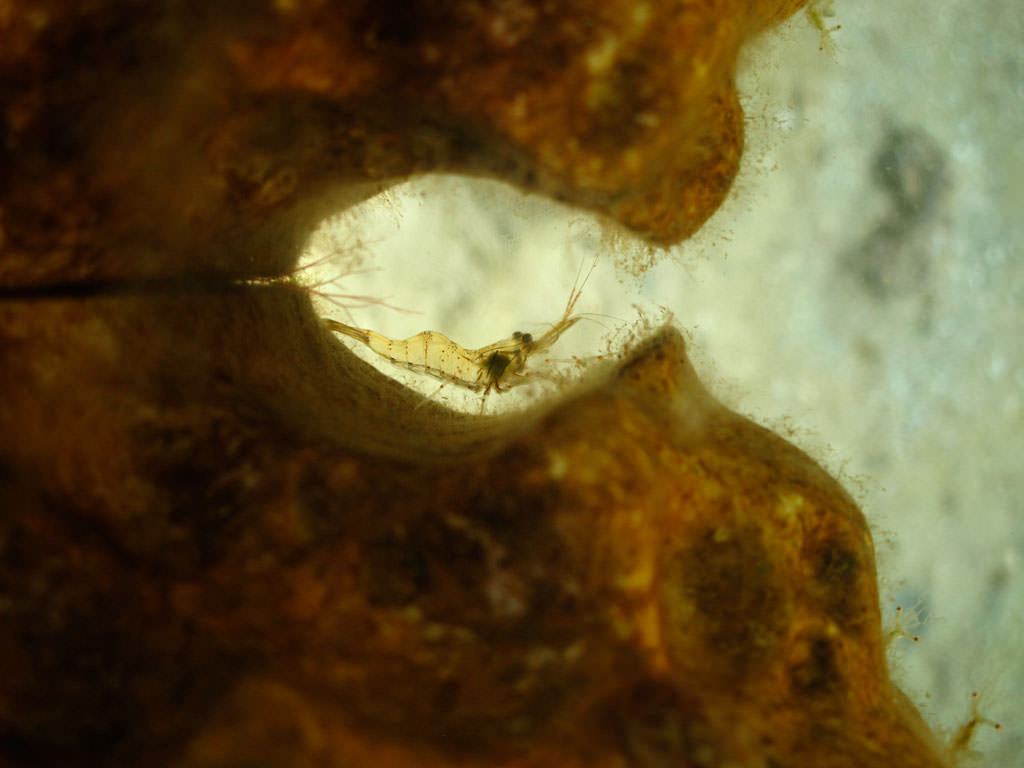Modular artificial reef structure
What does design have to do with the future of the Reef?
I created MARS (modular artificial reef structure) to help mitigate the effects that human activity is having on our marine environments. Unprecedented population growth is putting increased pressure on our oceans, not only because of climate change and pollution, but also because of destructive fishing practices, increased water runoff and dredging. Our irreplaceable coral reefs are some of the most bio-diverse and uniquely fragile eco-systems on the planet, and consequently suffer the quickest and most drastically from this human expansion. Ironically those who contribute the least to these global pressures are the ones who are suffering the most. Many island communities, who rely on the health of their coral reefs for food, are finding that rising sea temperatures, ocean acidification and commercial fishing operations are devastating their reefs.

People have started to create artificial reefs, or durable underwater structures, that act as building blocks to help repopulate corals and fish stocks. When a coral reef is damaged it can take decades for the corals to regrow to their previous glory but with the help of an artificial reef this process can be sped up. The problem with many artificial reef products is that they are large, complex and difficult to build. The required machinery is expensive and inefficient, as well as inaccessible for island communities. Many artificial reefs do not provide adequate material and surface design to encourage the natural colonisation of organisms leaving the reefs devoid of corals, sponges and seaweeds.

MARS solves these issues by using a modular design that can be deployed from small boats and implemented by divers. This completely eliminates the need for heavy-duty machinery, drastically reducing costs. The MARS units are a unique way of creating artificial reef structures. The product combines durable materials and functionally aesthetic surface design, with the versatility of a modular system. The surface of each unit provides unique indentations for transplanted and naturally occurring corals to prosper and provides protective space for a multitude of organisms. The modular units allow for the structure to be tailored to specific environments, creating a stronger and more natural reef system. The product can also be added to human-made structures such as piers and rock walls to increase the sea life of the area.

MARS is part of a growing movement in design that places more emphasis on environmental issues and how design can respond. The challenge for designers is how to put economic value in these efforts. A planted wall or garden bed on a high-rise tower provides clear and effective economic benefit as apartments in buildings such as Jean Nouvel’s 1 Central Park in Sydney sell quickly and maintain constant price appreciation. In the marine environment however, regrowing reefs in areas that people do not have direct contact with can prove more difficult. In this sense I wanted MARS to also highlight the economic benefits of restoring reefs, while a biomorphic 3D printed artificial reef aesthetic may capture and inspire people it is not a feasible economic reality for mass implementation around the world. The concept of MARS is to lay down the skeletal framework for organisms to engulf the structure in the most economical way possible. Each unit is standardised to simplify manufacturing and transport, this seemed to be one of the most important issues while I investigated the many deployment methods.
Eventually MARS would be completely invisible – its important for people to understand that the success of any artificial reef such as MARS is not measured on how beautiful it looks before colonised by organisms, rather it should be measured on how quickly the ‘artificial’ aesthetic becomes unrecognisable underneath an abundance of organisms.

